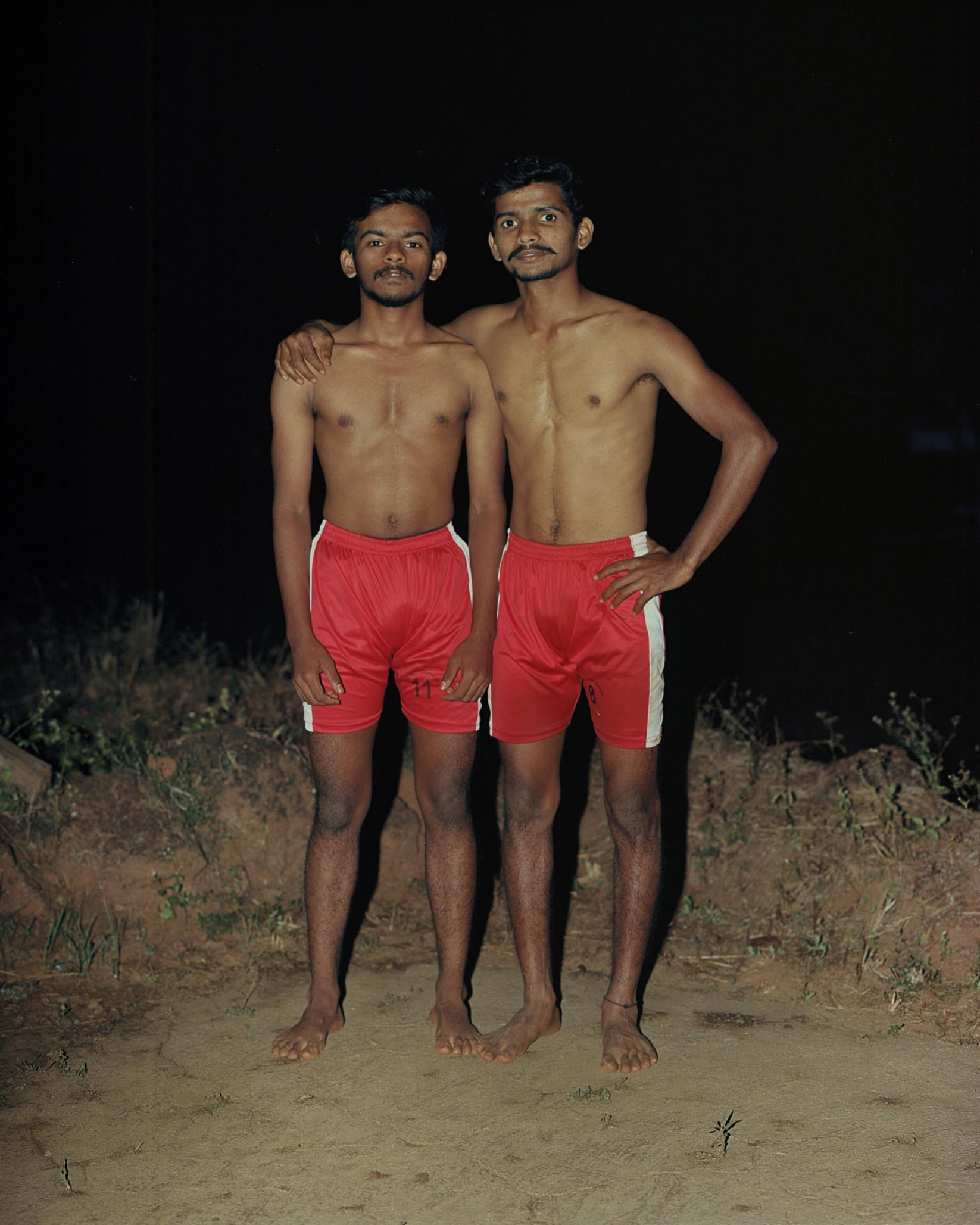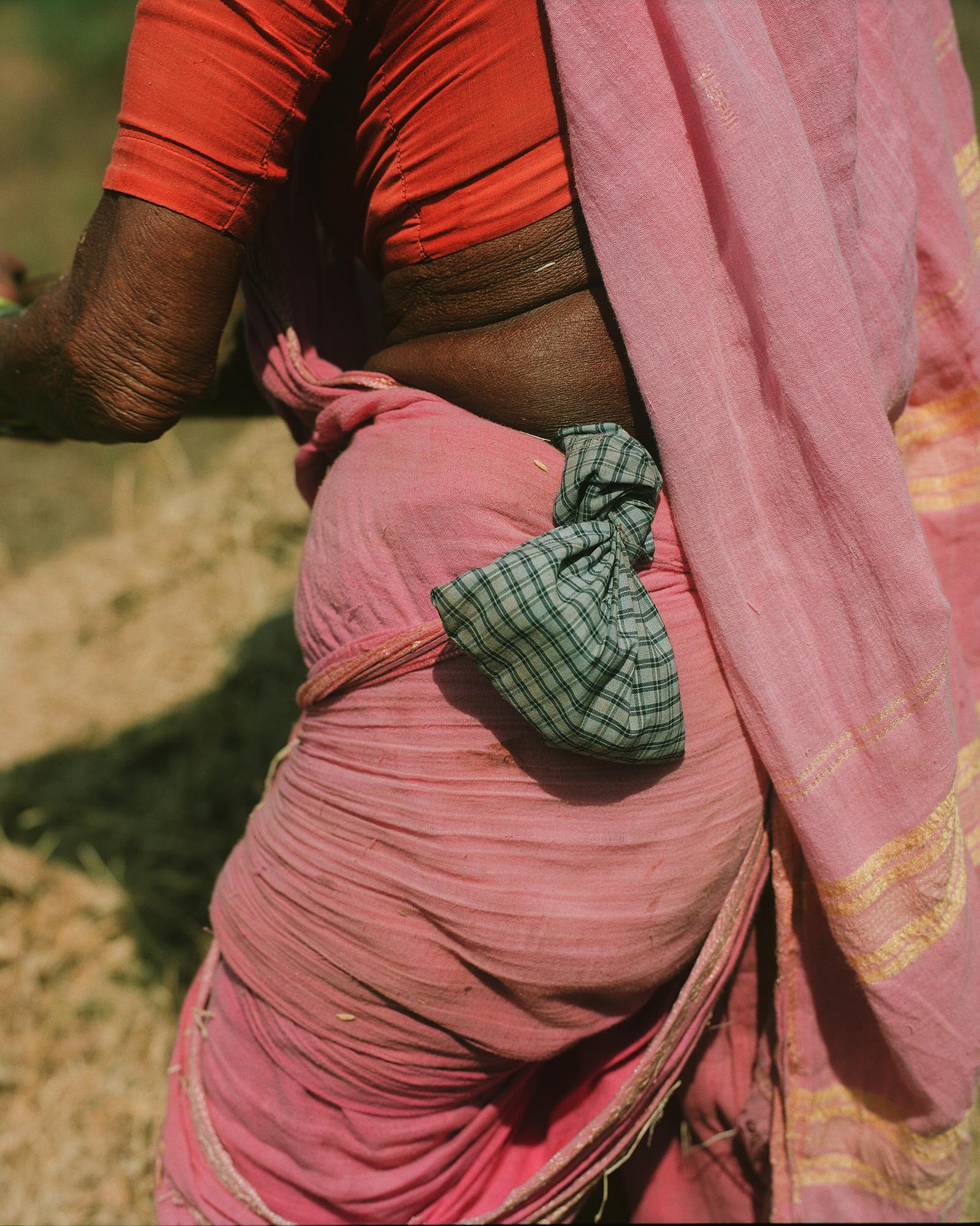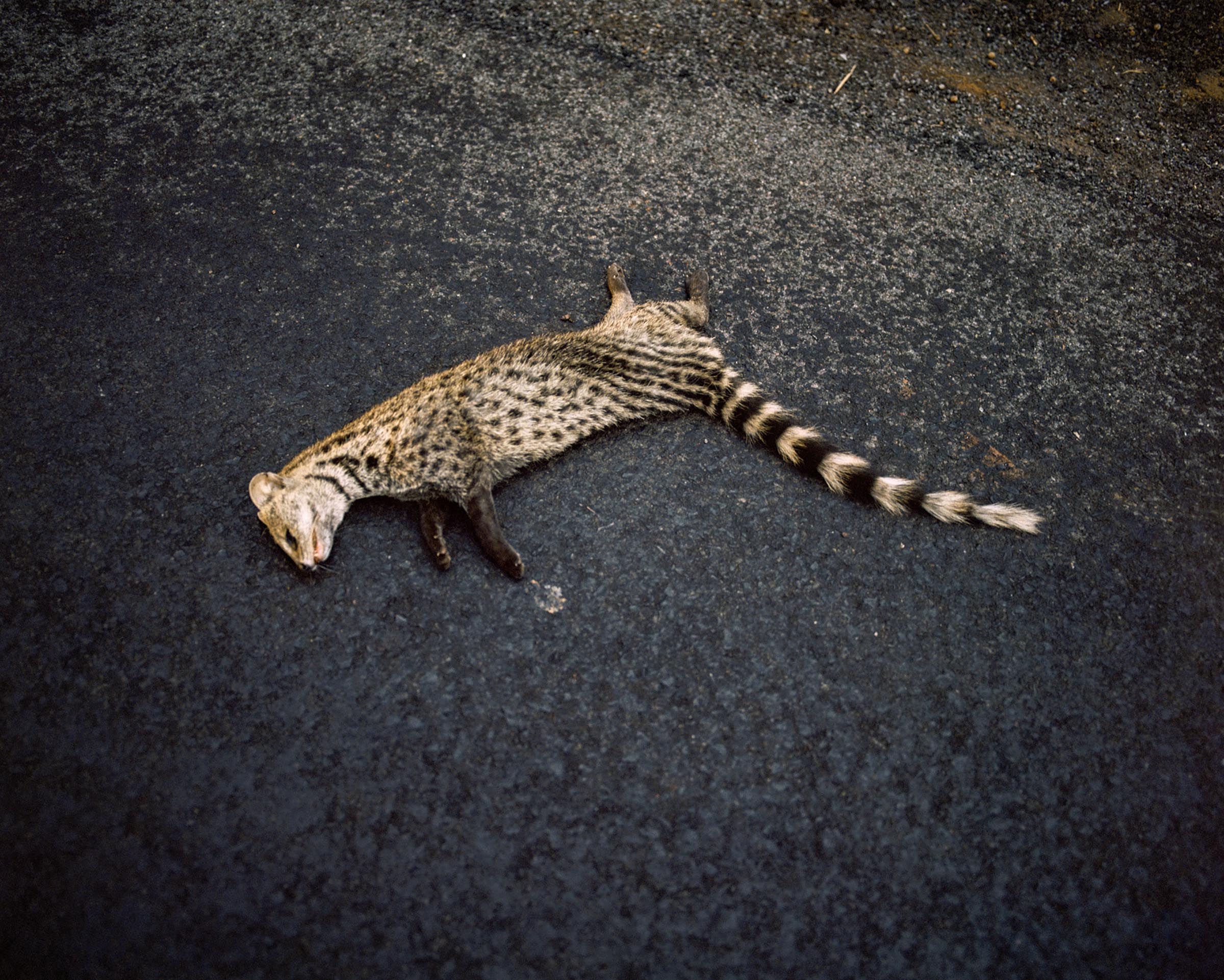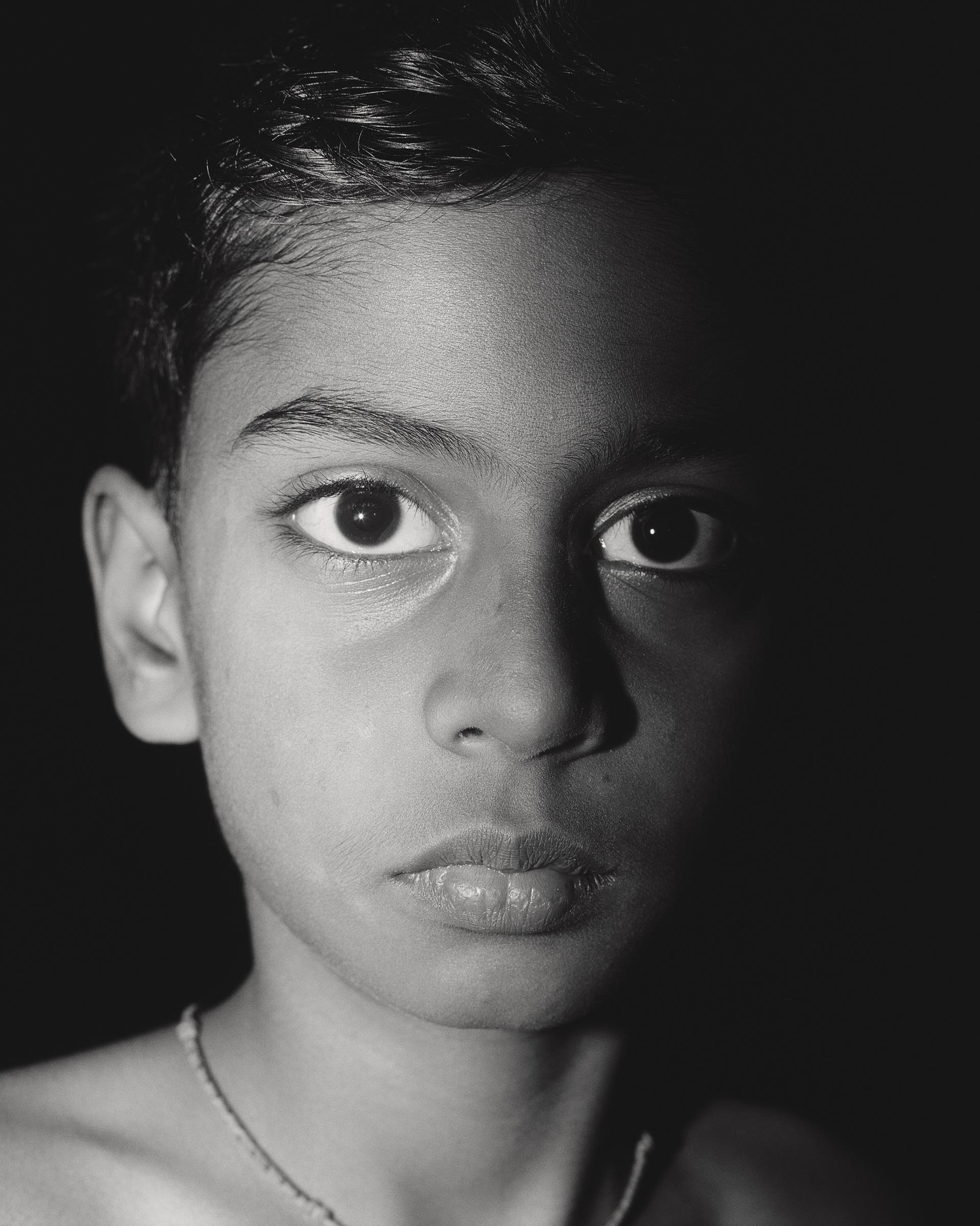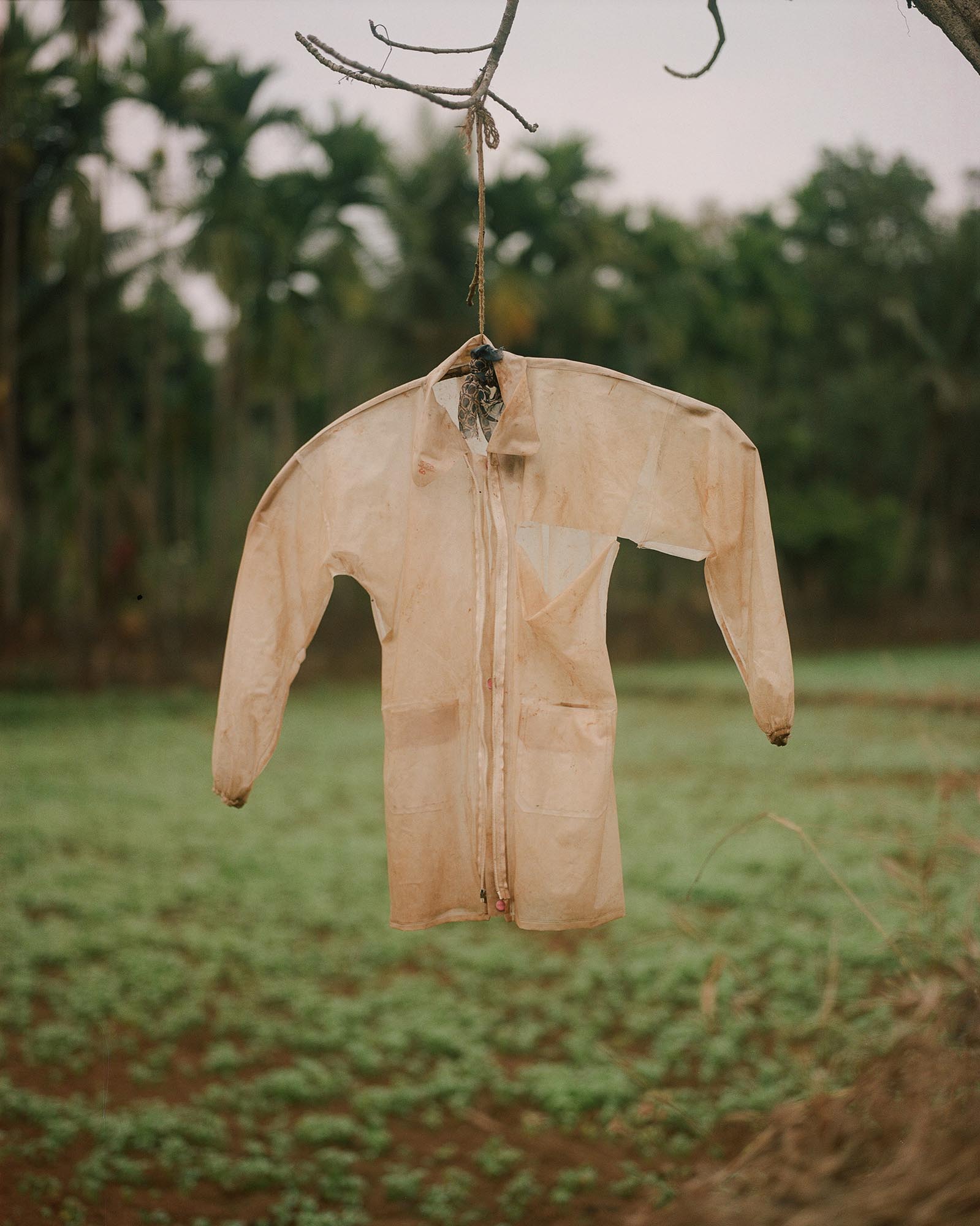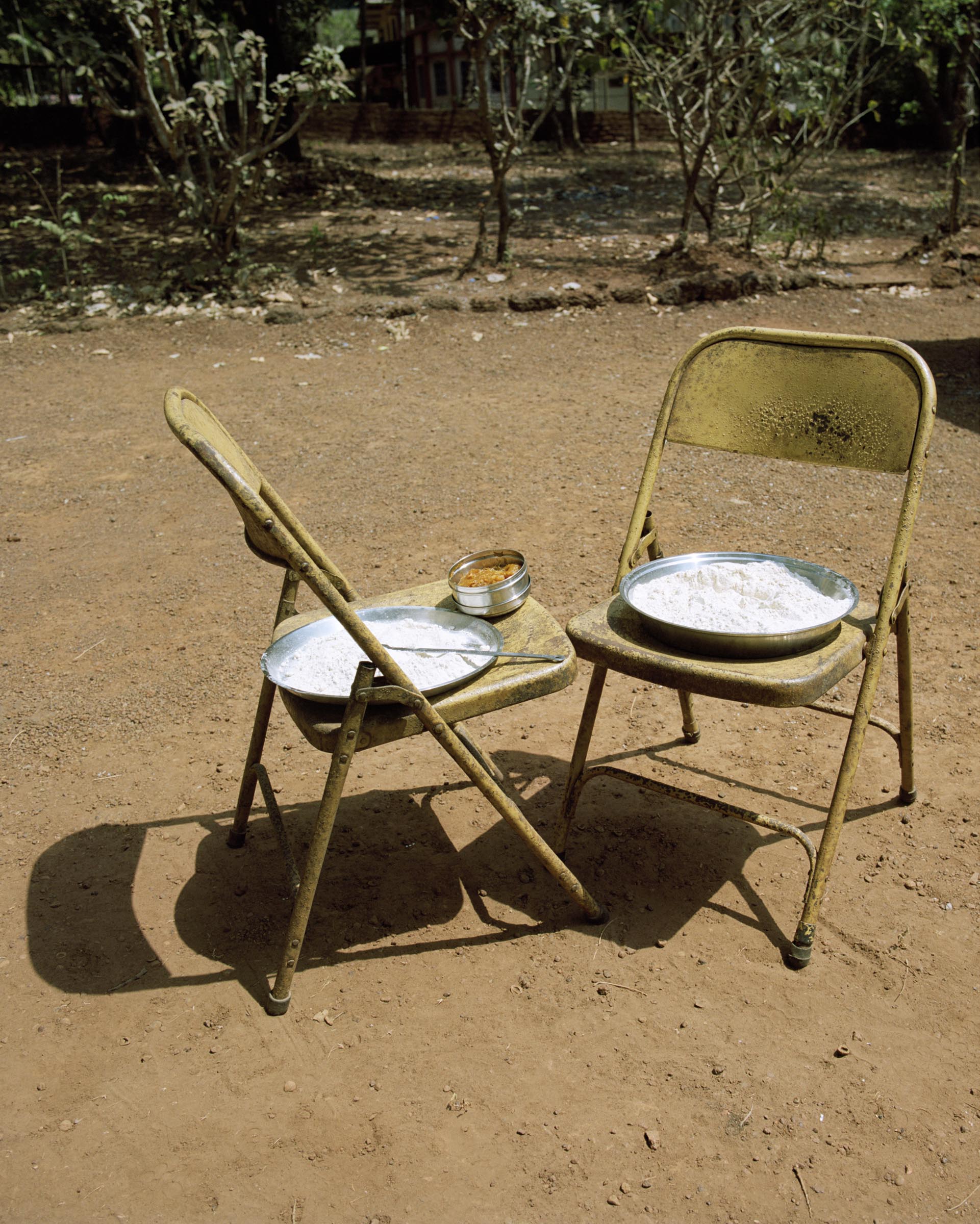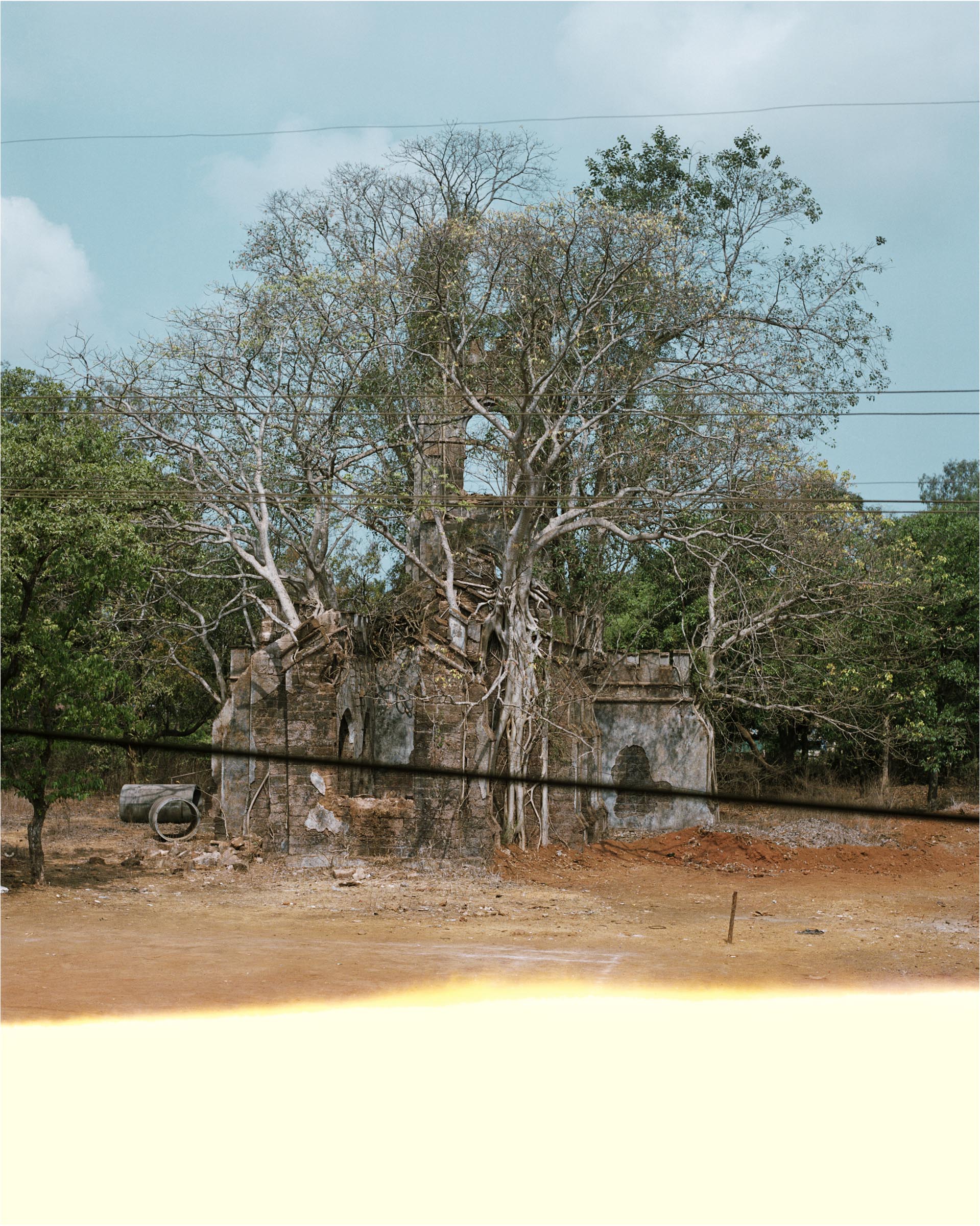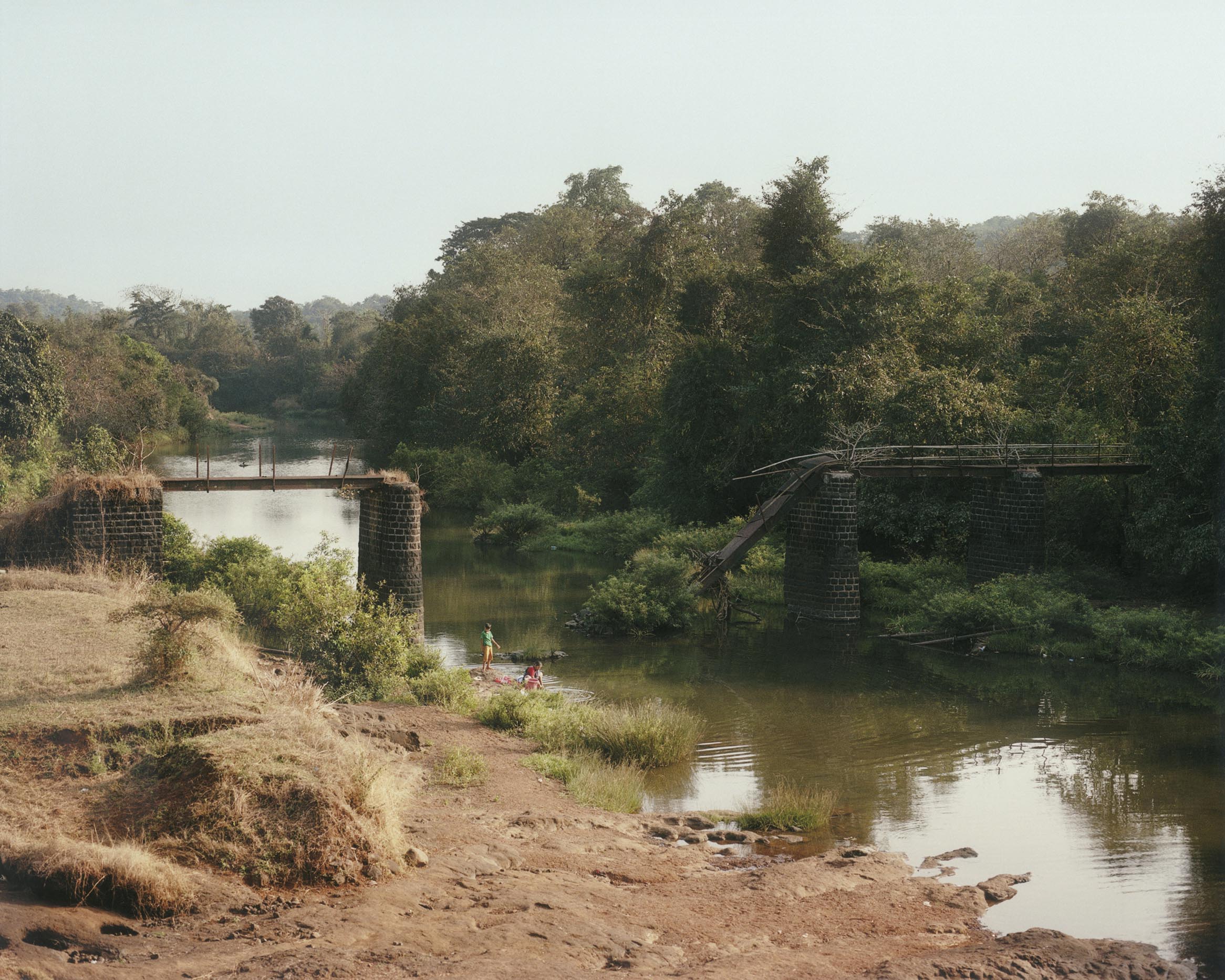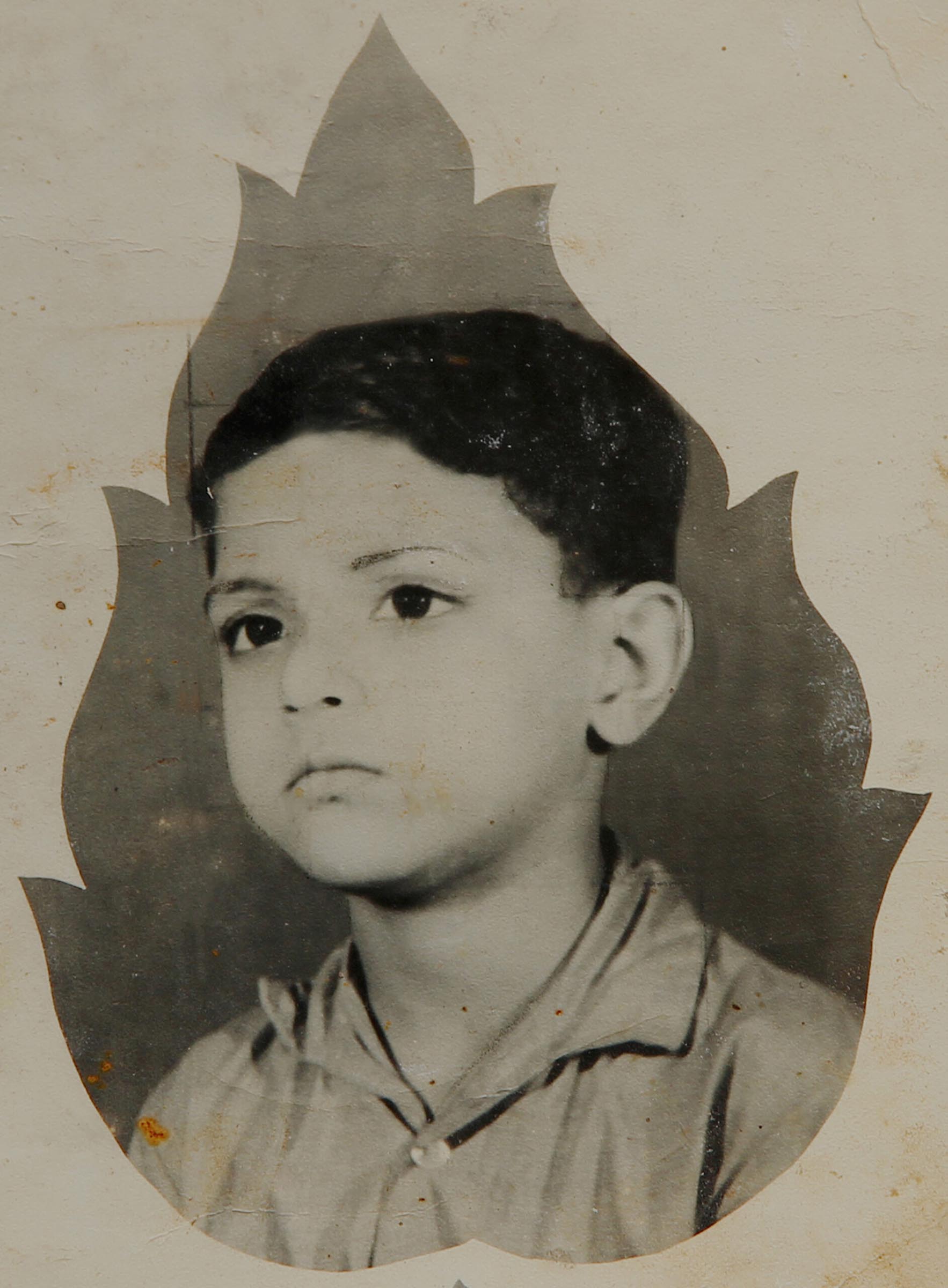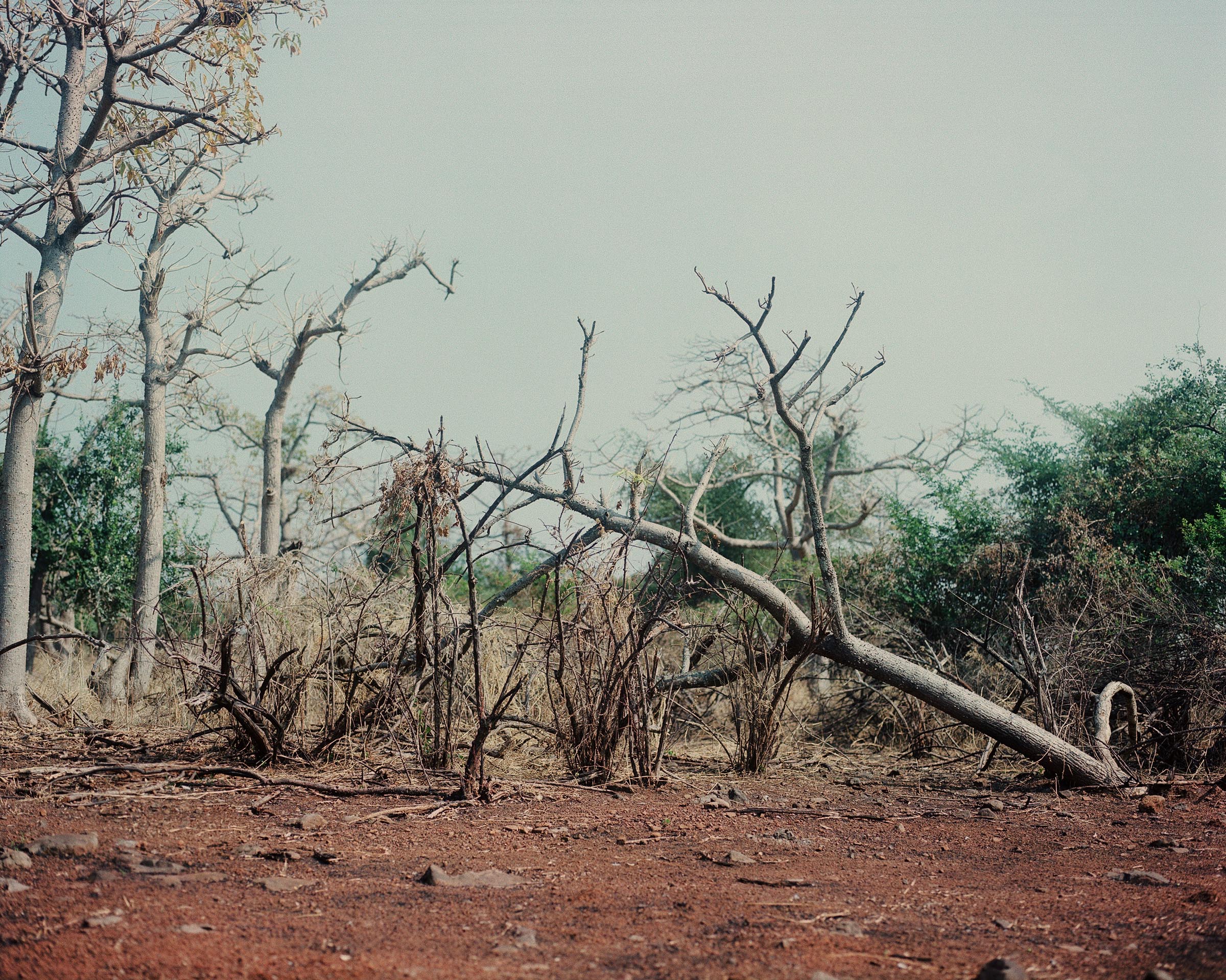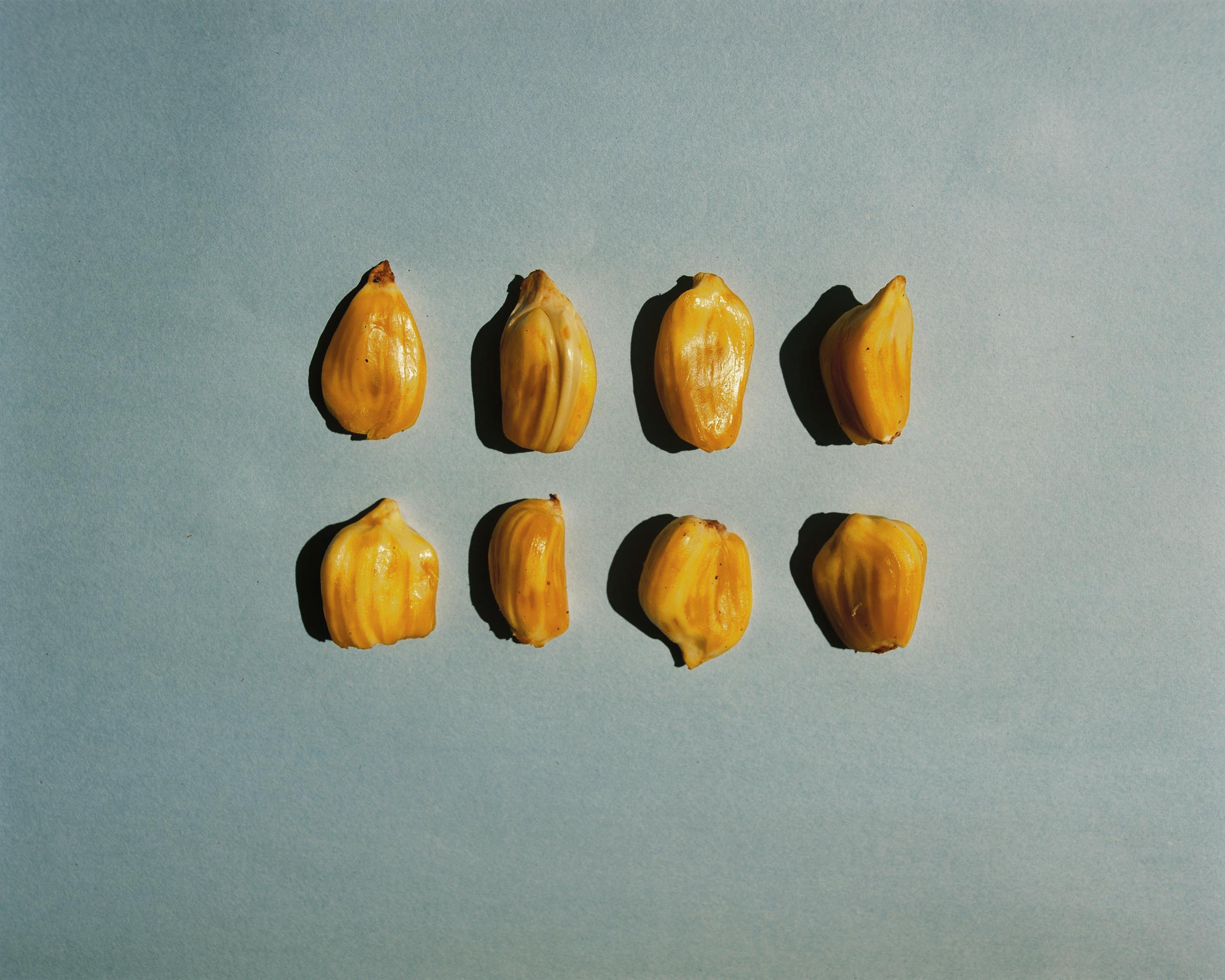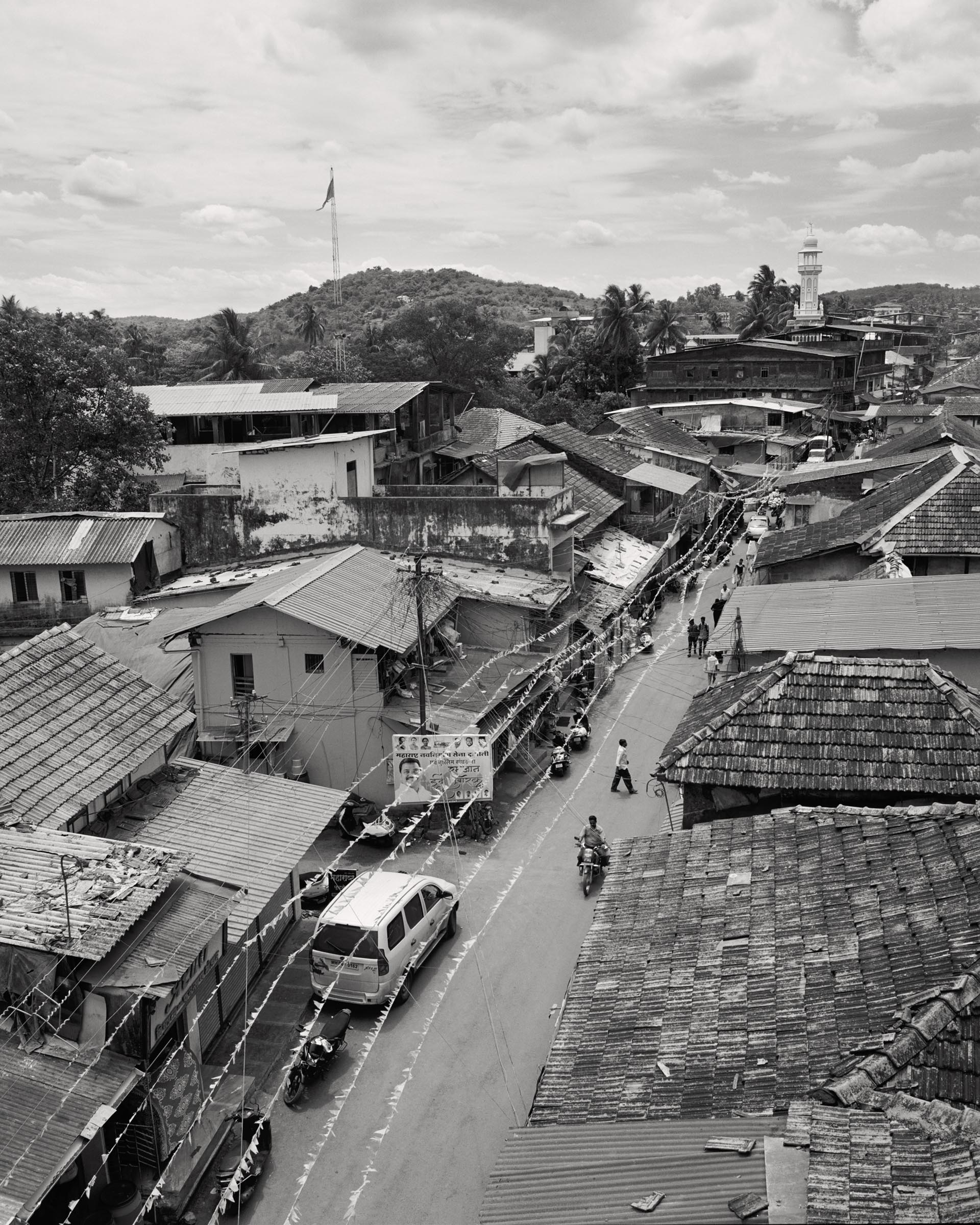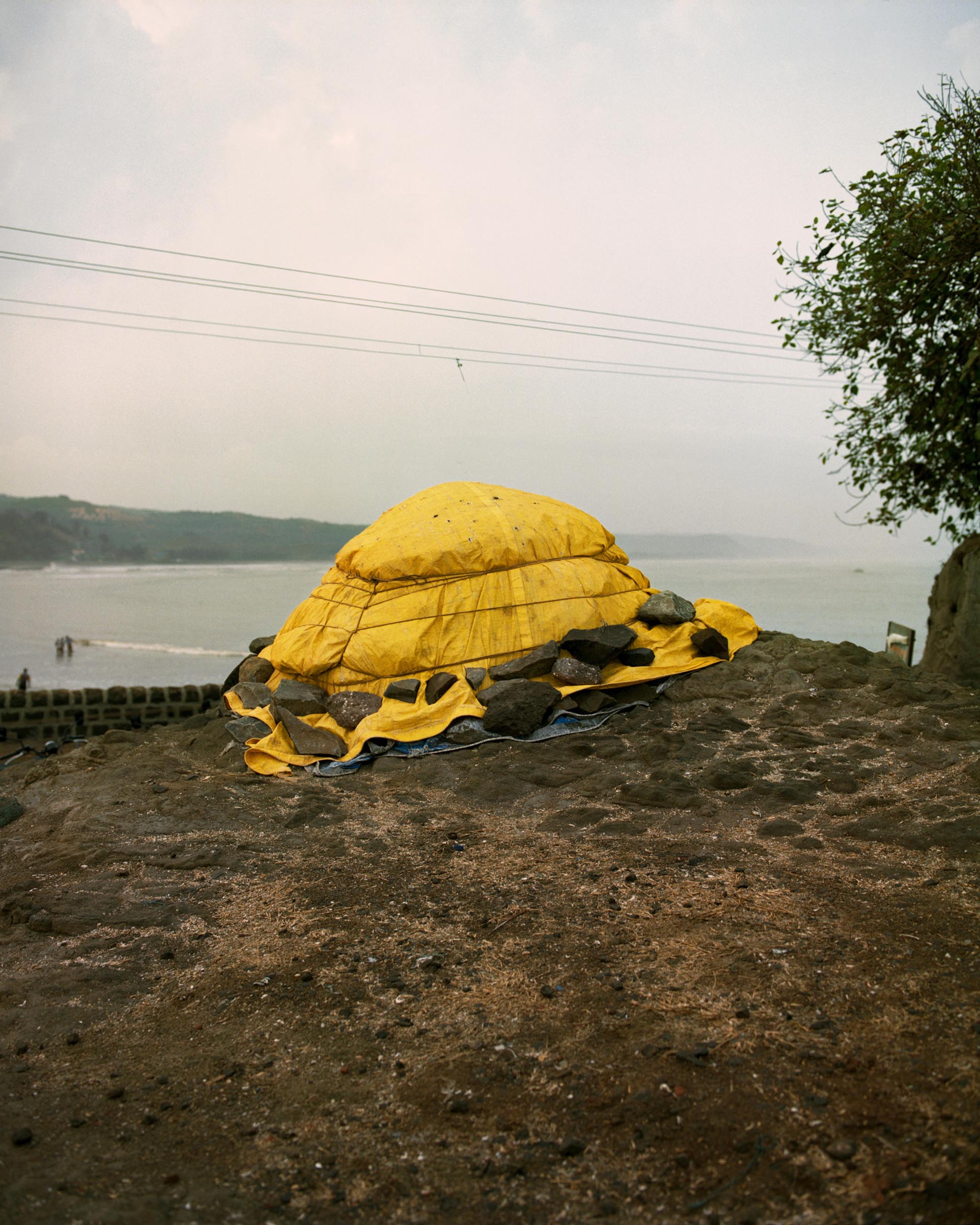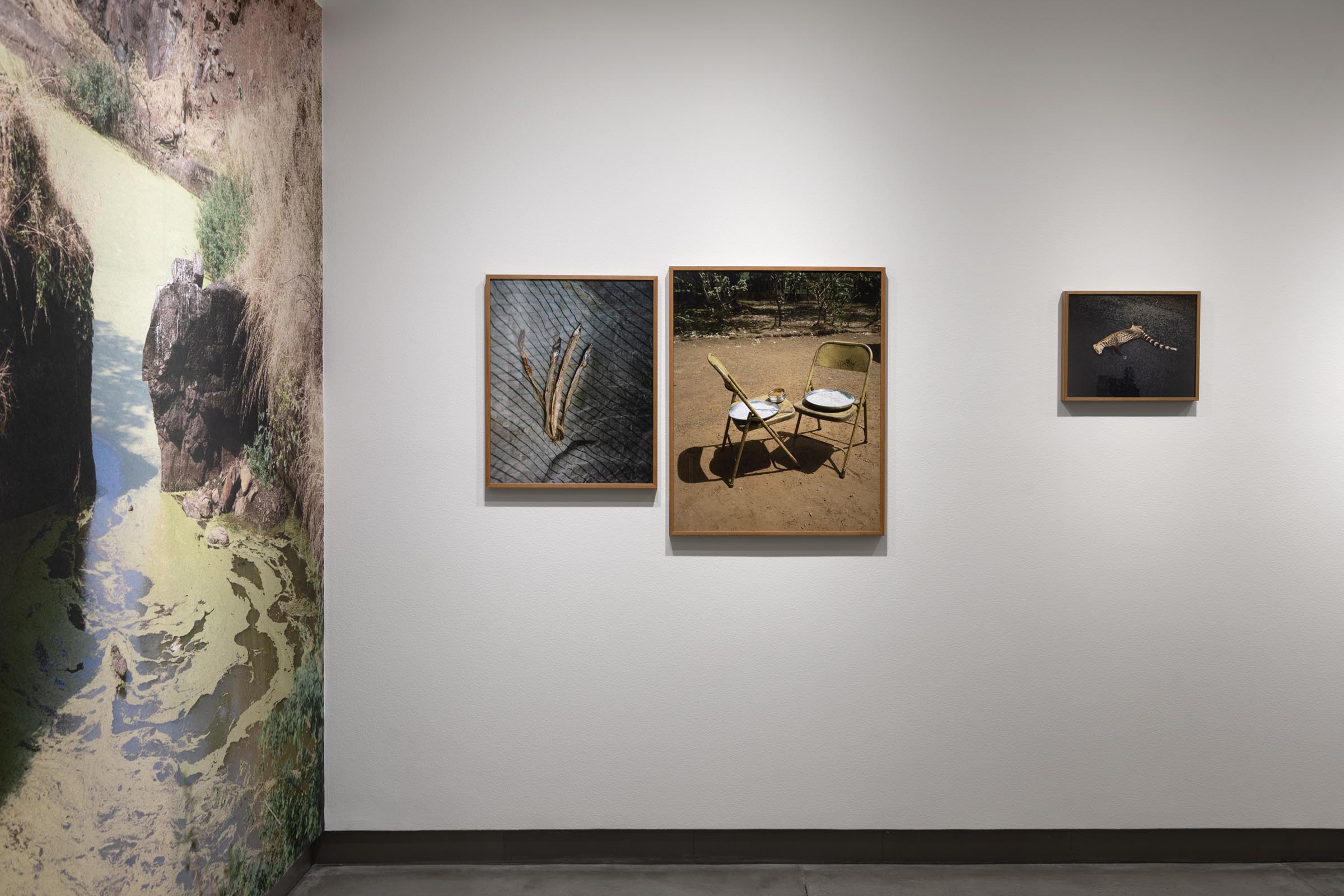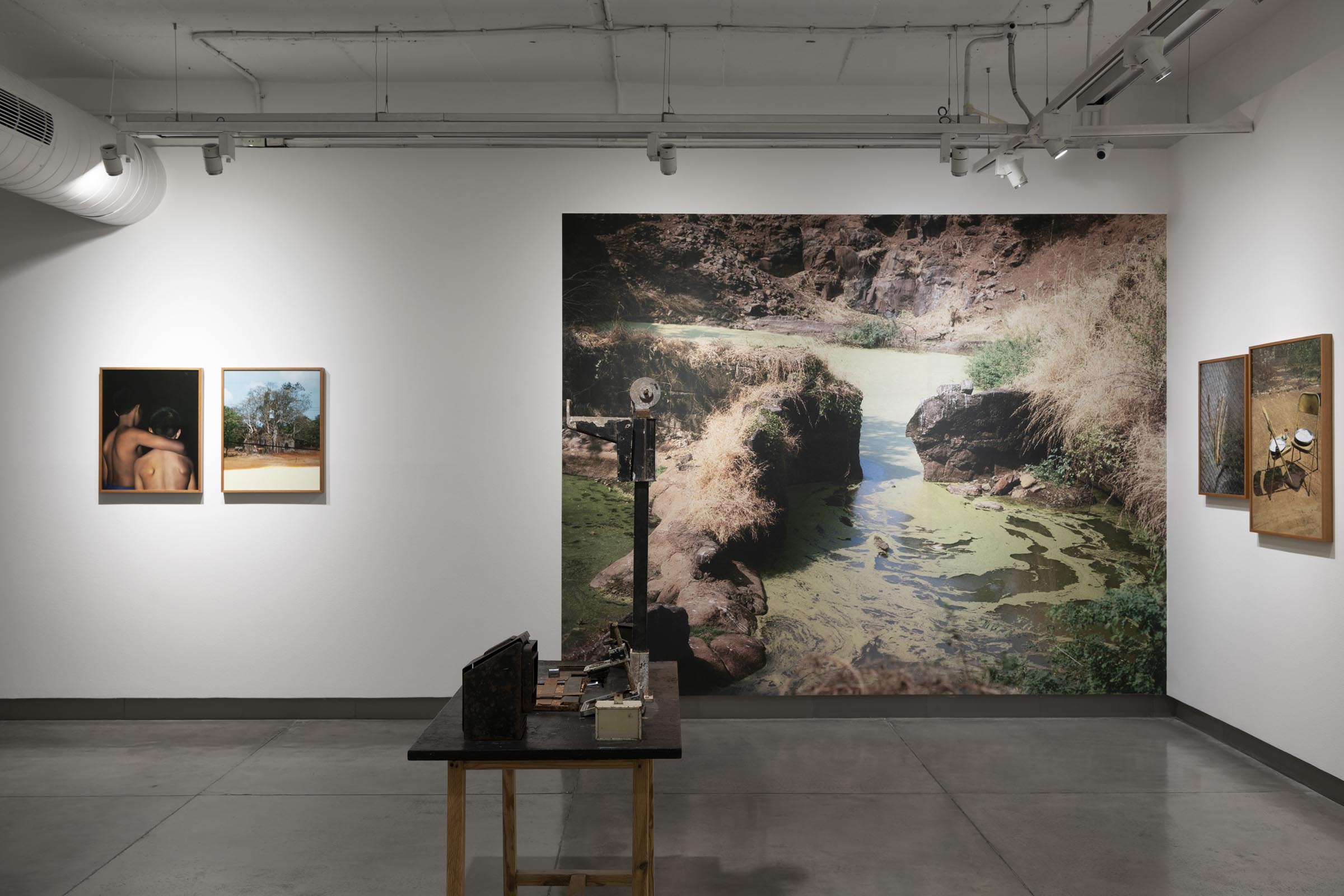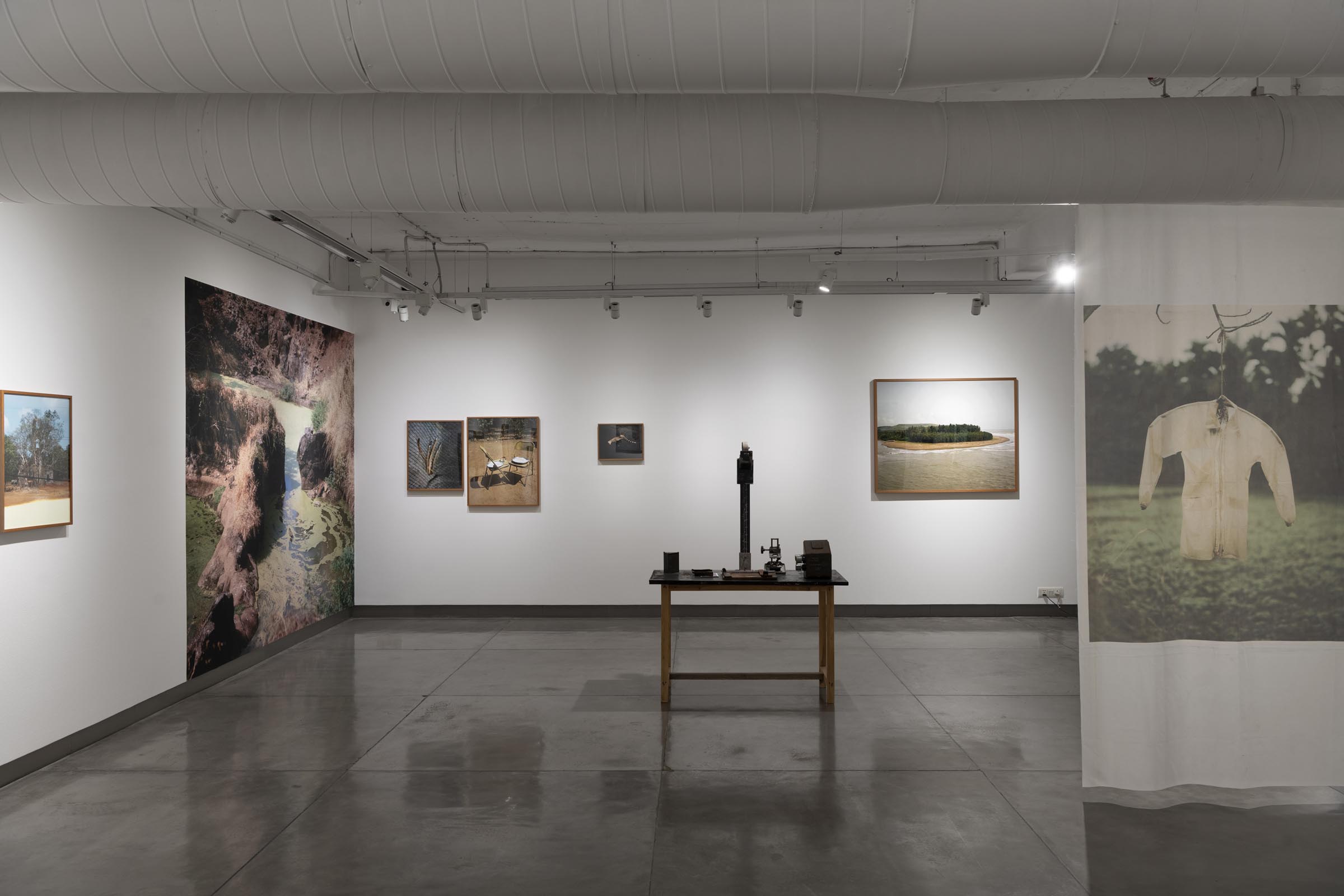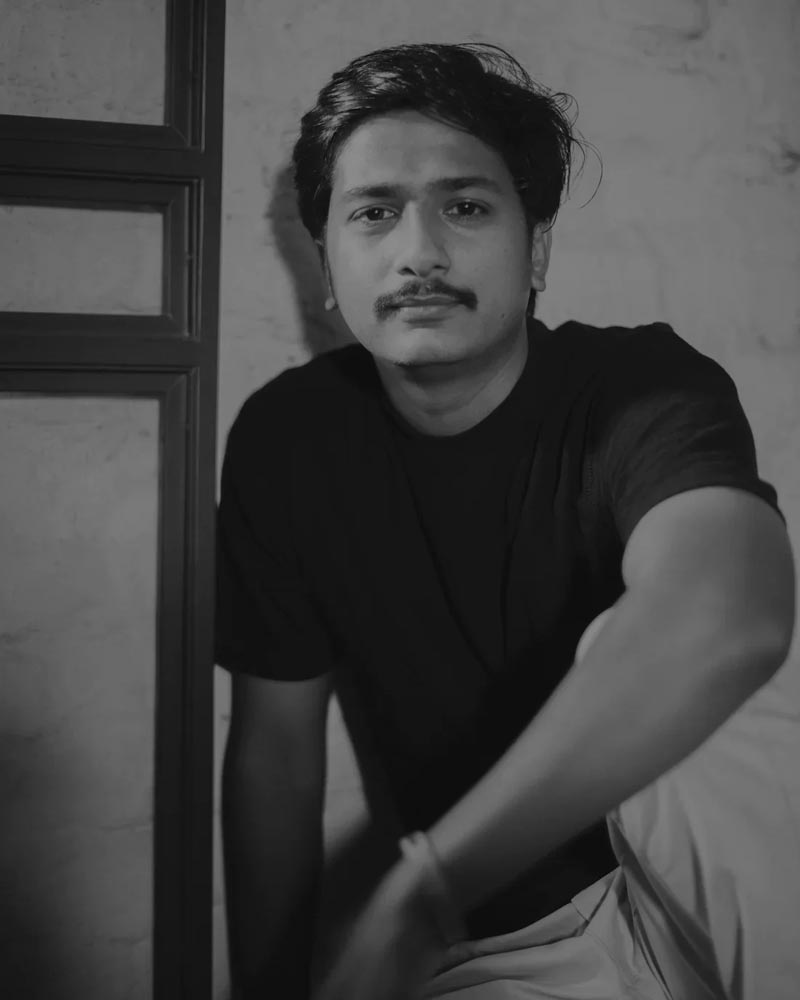Abhishek Khedekar
Fall 2024 Cycle – Photography
Delhi, India abhishekkhedekar.com
Artist Statement Biography
On the map of India, Dapoli is a speck on the western coastline. Once a camp for British troops, it is now home to a famous agricultural university. The temperate weather and scenic beauty of the place have earned it the title of ‘mini Mahabaleshwar,’ a less glamorous cousin of the popular getaway for Mumbaikars. “But there’s still no direct train to my hometown,” says Abhishek Khedekar, who grew up in this far-flung corner of Maharashtra, before leaving it, at the age of eighteen, to pursue higher education.
Khedekar, who currently lives in Delhi, spent his formative years surrounded by a group of close friends. Growing up, the boys explored Dapoli together, cycling everywhere in search of new adventures, and often got up to no good. It was in those heady days of boyhood that Khedekar realised that he was not cut out for academics, nor for the daily nine-to-five grind. In the 1960s, Kolekar was a young man with a camera, quite like Khedekar, driving around Dapoli on his Rajdoot scooter to take photos. But his intentions had nothing to do with art. Rather, he was the go-to man for any event that involved photography as a utilitarian tool. Be it at weddings, funerals, crime scenes, or even science labs, Kolekar was ubiquitous.
Khedekar started working on this project in 2016. While working and going through a photographer who was the only one In the 1960s, By the time Khedekar discovered him in Dapoli, the older man had only one of the many hundreds of photos he had taken left in his custody. But there were families around that still held onto Kolekar’s prints. Some of his photographs of scientific specimens were housed at the local university. Khedekar wanted to archive Kolekar’s work. And started working and for Khedekar, these photographs opened a portal to the past, allowing him to travel back in time, to a Dapoli that was long lost. from Kolekar’s archive seemed to speak to the photos that Khedekar himself was taking of Dapoli, like pieces of a jigsaw puzzle coming together. This past and present alchemy added a new layer to Khedekar’s evolving “Dapoli “project. Somak Ghoshal
On the map of India, Dapoli is a speck on the western coastline. Once a camp for British troops, it is now home to a famous agricultural university. The temperate weather and scenic beauty of the place have earned it the title of ‘mini Mahabaleshwar,’ a less glamorous cousin of the popular getaway for Mumbaikars. “But there’s still no direct train to my hometown,” says Abhishek Khedekar, who grew up in this far-flung corner of Maharashtra, before leaving it, at the age of eighteen, to pursue higher education.
Khedekar, who currently lives in Delhi, spent his formative years surrounded by a group of close friends. Growing up, the boys explored Dapoli together, cycling everywhere in search of new adventures, and often got up to no good. It was in those heady days of boyhood that Khedekar realised that he was not cut out for academics, nor for the daily nine-to-five grind. In the 1960s, Kolekar was a young man with a camera, quite like Khedekar, driving around Dapoli on his Rajdoot scooter to take photos. But his intentions had nothing to do with art. Rather, he was the go-to man for any event that involved photography as a utilitarian tool. Be it at weddings, funerals, crime scenes, or even science labs, Kolekar was ubiquitous.
Khedekar started working on this project in 2016. While working and going through a photographer who was the only one In the 1960s, By the time Khedekar discovered him in Dapoli, the older man had only one of the many hundreds of photos he had taken left in his custody. But there were families around that still held onto Kolekar’s prints. Some of his photographs of scientific specimens were housed at the local university. Khedekar wanted to archive Kolekar’s work. And started working and for Khedekar, these photographs opened a portal to the past, allowing him to travel back in time, to a Dapoli that was long lost. from Kolekar’s archive seemed to speak to the photos that Khedekar himself was taking of Dapoli, like pieces of a jigsaw puzzle coming together. This past and present alchemy added a new layer to Khedekar’s evolving “Dapoli “project. Somak Ghoshal
Sign Up for Our Mailing List
Sign Up for Our Mailing List
To Receive Grant Cycle Deadlines and Winner Announcements
To Receive Grant Cycle Deadlines and Winner Announcements
